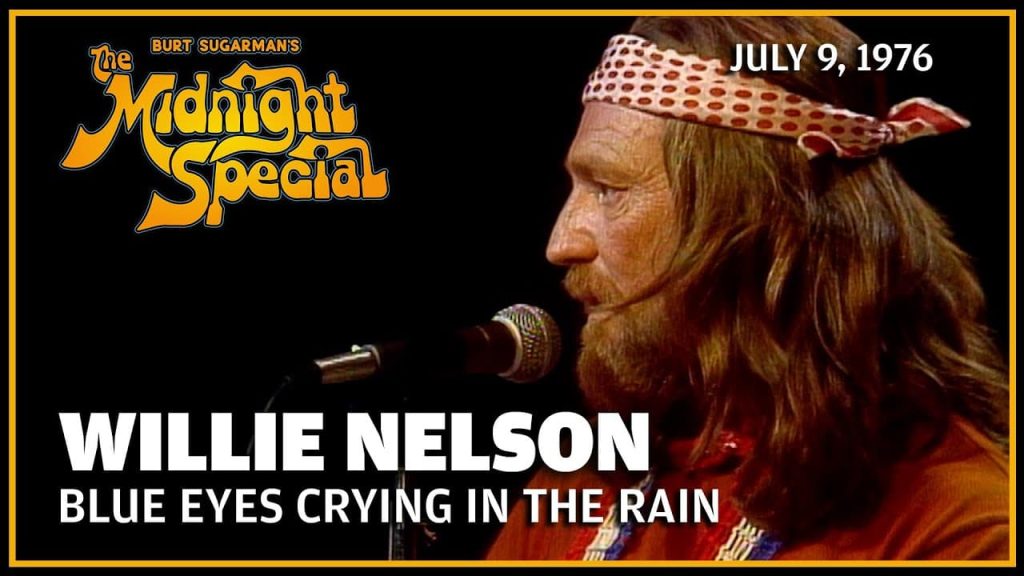
A Heartache Echoing Through Time: Willie Nelson’s “Blue Eyes Crying in the Rain”
“Blue Eyes Crying in the Rain” is more than just a country song; it’s a timeless lament, a poignant expression of heartbreak that resonates across generations. While penned by songwriter Fred Rose and first popularized by Elton Britt and Roy Acuff in the 1940s, it was Willie Nelson’s 1975 rendition on his seminal album Red Headed Stranger that cemented its place in music history and revitalized Nelson’s own career. This wasn’t simply a cover; it was a reinterpretation that breathed new life into a classic, transforming it into a signature piece for Nelson.
The song’s journey through various artists speaks to its universal appeal. From Elton Britt’s original recording in 1946 to Roy Acuff’s subsequent version in 1947, and covers by Hank Williams Sr., Johnny Russell, Charley Pride, and even Elvis Presley, “Blue Eyes Crying in the Rain” had already established itself within the country music landscape. However, it was Willie Nelson’s interpretation that truly captured the song’s essence and brought it to a wider audience.
Red Headed Stranger, the concept album from which Nelson’s version originates, is a masterpiece of storytelling. The album tells the tale of a fugitive preacher on the run after killing his wife’s lover, and “Blue Eyes Crying in the Rain” fits perfectly within this narrative of loss, regret, and redemption. The song acts as the emotional centerpiece of the album.
Nelson’s rendition is characterized by its stark simplicity. As country music historian Bill Malone noted, it’s “a fine example of clean, uncluttered country music, [with] a spare arrangement that could have come straight out of the 1940s.” This stripped-down approach, featuring Nelson’s distinctive guitar picking and his weathered, emotive vocals, allows the song’s emotional core to shine through. This simplicity is the key to the song’s emotional impact.
Rolling Stone aptly described Nelson’s delivery as possessing “jazz-style phrasing,” highlighting his unique approach to melody and rhythm. This phrasing, combined with his deeply personal vocal delivery, gives the song a sense of intimacy and vulnerability. It’s as if Nelson is sharing a deeply personal confession, inviting the listener to share in his pain. They also noted it as the “beating heart of Red Headed Stranger,” which further shows its importance to the album.
For those who remember the country music landscape of the mid-1970s, Nelson’s Red Headed Stranger and “Blue Eyes Crying in the Rain” represented a breath of fresh air. In a time when country music was often becoming overproduced and slick, Nelson’s stripped-down, honest approach resonated deeply with audiences. It was a return to the roots of country music, a reminder of the power of simple storytelling and heartfelt emotion.
“Blue Eyes Crying in the Rain,” as performed by Willie Nelson, is more than just a song; it’s a cultural touchstone, a reminder of the enduring power of music to capture the complexities of the human heart. It’s a testament to Nelson’s artistry and his ability to connect with listeners on a deeply emotional level. It continues to resonate not just as a nostalgic reminder of a bygone era, but as a timeless expression of heartache and loss, a shared human experience that transcends time and musical trends.